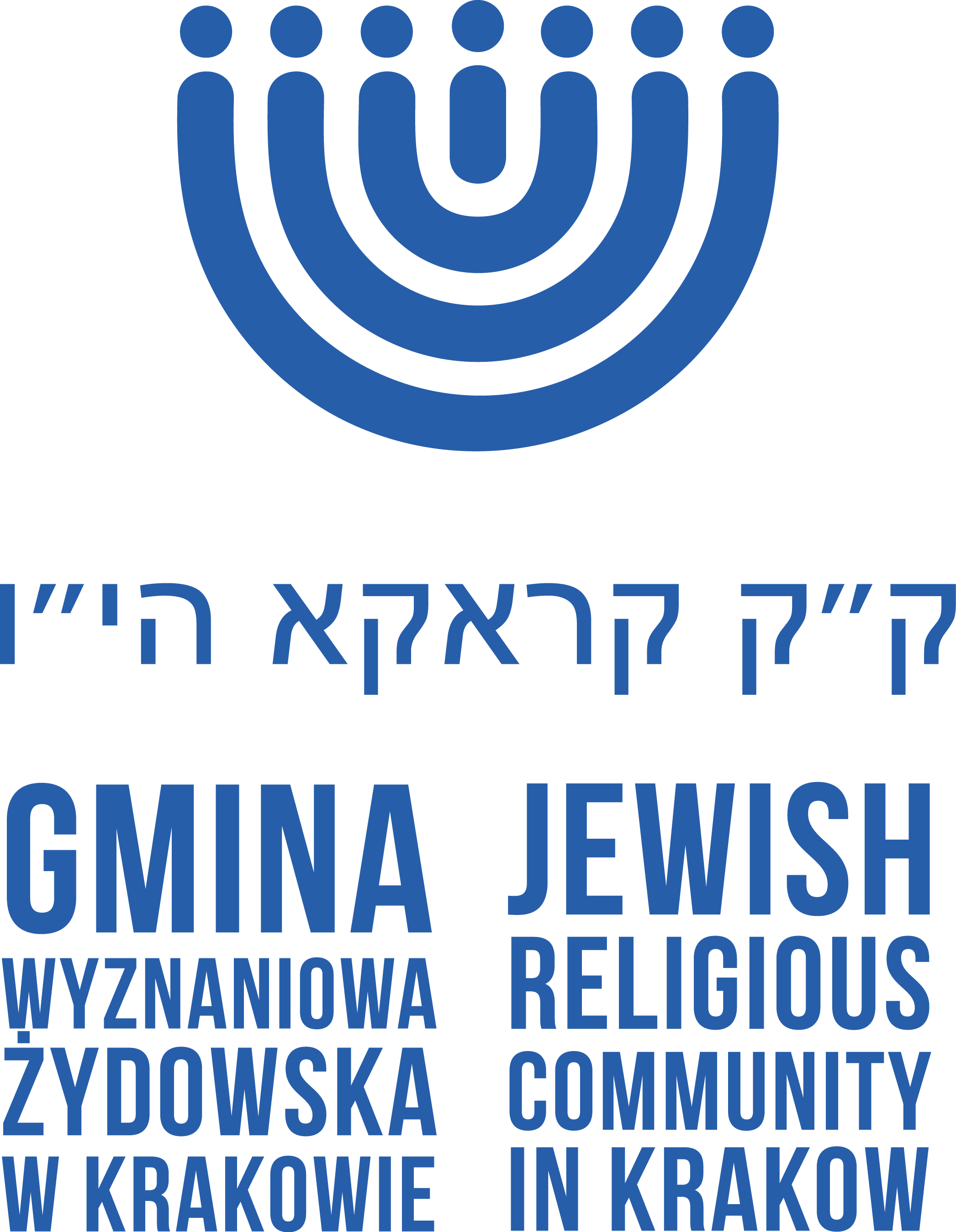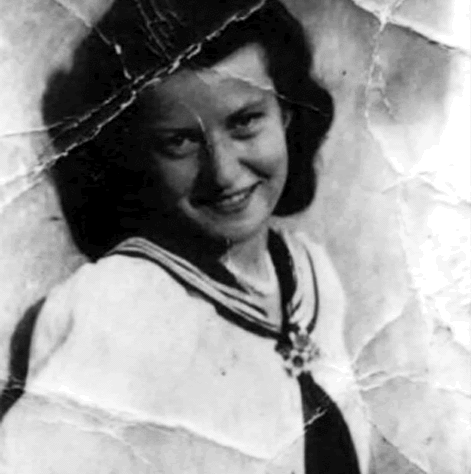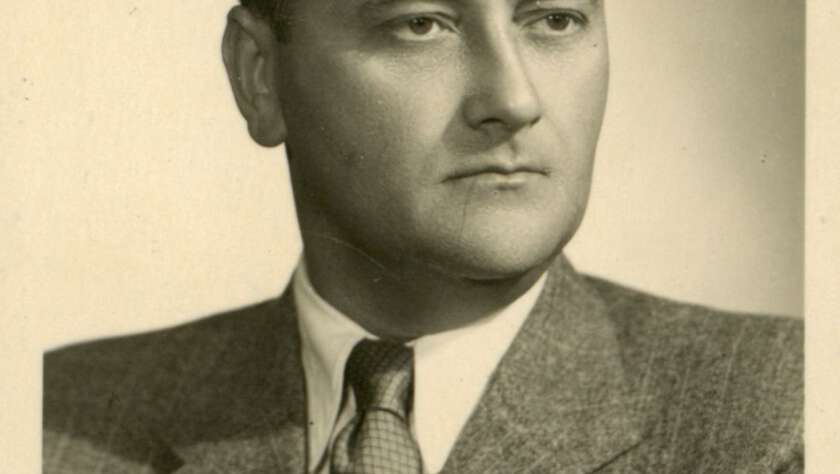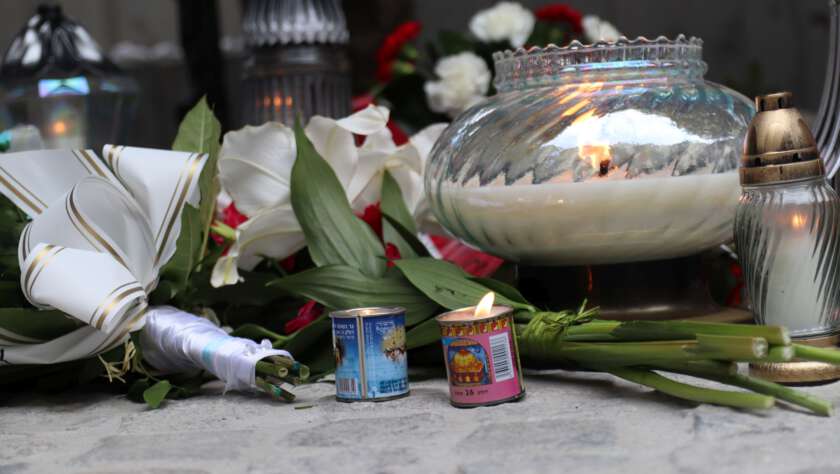Between 27th-29th October 1942, Krakow witnessed a horrific displacement from the ghetto. The barbaric operation was carried out by the German occupation authorities in Krakow. It all started late evening on 27th October, when the ghetto was cordoned off by the Sonderdienst and police officers. On a sunny Monday, 28th October, the Germans began the selection process of the Judenrat workers, followed by the selection of the remaining ghetto residents. All Jews living in the ghetto were made to leave their flats under the warning of death. Then, they were ordered to line up along Józefińska street, in the vicinity of the Judenratu HQ, where a random selection took place. Most people were directed to Plac Zgody where German armed divisions were already waiting. That day, the…
Born on 24th October 1912 in Janów Lubelski, Chaim Hirszman was one of two confirmed survivors who escaped the Bełżec camp (the other survivor was Rudolf Reder). He had worked as a mechanic before WWII broke out. In September 1942, Hirszman, his wife and their child were deported to Bełżec. Sadly, his relatives were murdered upon the arrival at the camp. Chaim Hirszman however, was chosen to work with the camp disassembly team. In June 1943, he managed to escape from the transportation to the Sobibor camp. Soon afterwards, Hirszman reached his homeland and joined the People’s Army. After the liberation, he joined Civic Militia and the Security Office, until he handed in a notice in 1946. It is likely that Hirszman wanted to go to Argentina,…
Born into a trading family on 21st October 1903 in Warsaw, Marek Wjasblum was a historian and a researcher of Polish reformation and Renaissance. A 1926 Jagiellonian University graduate at the Faculty of History. After obtaining his PhD title in 1928, Wjasblum moved back to Warsaw where he lived with everyday struggles, saying ”I have always been a Jew for the Poles and a Pole for the Jews”. He was never a member of the Jewish Religious Community and his left-wing ideas made it impossible for him to hold a position at any Polish university. When WWII broke out, Marek Wjasblum lived in a territory seized by the Red Army. His family was murdered as a result of being in the German zone. Wanted by NKVD, Wjasblum,…
At the beginning of September 2022, Erin Nickerson, the US Consul General in Krakow, paid a visit at the headquarters of the Jewish Religious Community in Krakow. Nickerson, who has been holding her position since August 2022, had a long conversation with the Community Vice-Chairman, Tadeusz Jakubowicz and Adam Klimek, the representative of the Krakow branch of Social and Cultural Association of Jews in Poland. Mrs Nickerson also vitisted Krakow’s most important synagogues. We are pleased to announce that the US Consul General accepted our invitation for a New Year’s festive dinner at the Kupa synagogue and was our guest of honour. On behalf of the Board and the members of the Jewish Religious Community, we would like to thank Mrs Nickerson for her time and wish…
Born in 1846, one of the first female photographers in Krakow, Amalia Krieger , died on 21st September 1928. She was ”(…) appreciated and well-known in the artistic world of Krakow and well beyond it thanks to her personality and artistic education” (Nowy Dziennik 1928, no. 260, the 27th September issue, p. 9). She learned the profession at her father’s photography studio which she went on to run with her brother Natan after their father’s death. The studio operated non-stop until 1926. She managed to save her family legacy including a unique collection of photography portraying the history of the city. After making the decision to shut down the studio in 1926, Amalia Krieger handed her extensive collection of photographic films and the studio equipment to the city…
Born on 20th September 1923 in Krakow, Halina Nelken, daughter of Emanuel and Regina, was a writer, art historian and a lecturer. Imprisoned at the German concentration camps during WWII. Nelken came from an assimilated family of the Krakow Jews. She lived at Długosza street in Krakow. Her grandfather took part in the January Uprising, while her father fought for independence in the legions. Due to progressing anti-semitism, she was forced to change her school from the Adam Mickiewicz Gymnasium to a private Hugon Kołłątaj Gymnasium. A member of Sokół – the Polish Gymnastics Association. During the German occupation in Krakow she was moved to the ghetto. Being on the verge of exhaustion, she tried to take her own life. Luckily however, her brother managed to save her…
President of the Bundesrat, Bodo Ramelow and German Consulate General, Dr Michael Gross accompanied by a delegation, visited the Remuh Synagogue on 9th September 2022. The members were greeted by Helena Jakubowicz, Chairwoman of the Jewish Religious Community and Vice-Chairman Tadeusz Jakubowicz. Pictures by Grzegorz Kozakiewicz
Born on 11th September 1904 in Tarnopol, Józef Bogusz (Birkenfeld), son of Karol and Gustawa, née Goldberg, was a doctor specialising in thyroid, stomach, intestines and bile ducts surgery. A long-time employee of the Medical Academy in Krakow, the Chairman of the Association of Polish Surgeons as well as the Association of Polish Doctors. He was also a member of the Main Commission Investigating the Nazi Crimes in Poland , the International Janusz Korczak Association and numerous foreign academic associations. Bogusz was an author of over 200 research papers. A student of the Polish Gymnasium in Vienna (1914-1919) who spent the last three grades at the Jan Sobieski National Gymnasium no.3 in Krakow. Bogusz took the final exams in 1922 while in 1928, he finished the Faculty…
The Holocaust Victims Memorial Square located at the corner of Tymowskiego, Kazimierza Wielkiego and Berka Joselwicza streets, was opened on 28th August 2022 in Nowy Sącz. It commemorates approximately 12,000 Jews from Nowy Sącz who were murdered by the Germans. The victims’ names have been engraved on the walls of the monumental building which resembles the museum in Bełżec. Sara Weinfeld Melzer, one of very few people who managed to survive the ghetto liquidation, as well as numerous descendants of the Nowy Sącz Jews, were present at the ceremony. Also in attendance were the Mayor of Nowy Sącz, Ludomir Handzel, the United States Consul General in Krakow, Erin Nickerson, Ursula Maier who represented the Federal Republic of Germany, Elena Lagutin, representing the Ambassador of Israel to Poland as…
An orphanage for Jewish children in Rabka was closed down on 28th August 1945. In February, soon after the German occupation ended, a plan came up to open a care-therapeutic facility for Jewish children in Rabka. The facility was supposed to help to heal the difficult situation of the Temporary Assistance Commitee for the Jewish People at Długa 38 in Krakow. An orphanage for children returning from camps was also set up there. Finally, the facility in Rabka was opened at the break of June and July 1945 and was dedicated to the most sick children. It included three buildings: the Stasin, Juras and Niemen mansion. The facility offered shelter to approximately 100 children from Krakow, Warsaw, Łodz and other cities. The list of the young people…











